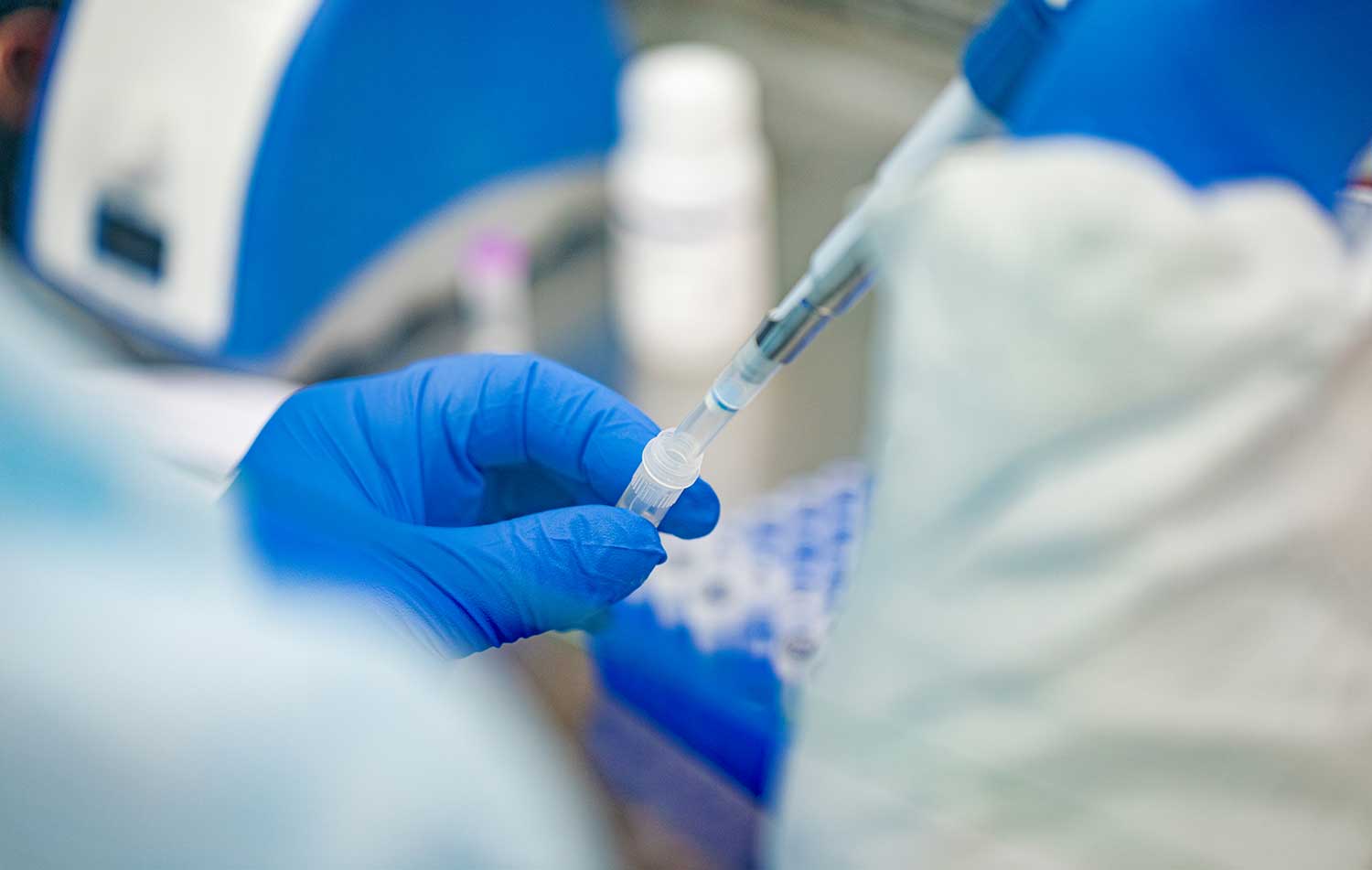
By:
- Ana Amado-Garcia
Published Date
By:
- Ana Amado-Garcia
Share This:

Research Demonstrates Implications of Cost for COVID-19 Antibody Testing
Testing for COVID-19 antibodies can provide important information for communities battling an outbreak. These tests can inform epidemiologists whether someone has had an infection, even if they were asymptomatic. Yet for testing to provide a good understanding, take-up needs to be broad and independent of income, political orientation, or ethnicity.

Marta Serra-Garcia, assistant professor of economics and strategic management at the Rady School of Management
Recent research from Marta Serra-Garcia of the Rady School of Management at the University of California San Diego and Nora Szech of the Karlsruhe Institute of Technology has shown that people’s willingness to get tested depends crucially on its cost. Political decision makers should therefore consider making the tests as easily accessible as possible if they want a broad take-up.
In the study, Serra-Garcia and Szech surveyed nearly 2,000 participants, selected to represent the U.S. population, to take part in an anonymous study. Participants made decisions regarding their willingness to get tested for different costs of antibody testing. When the cost of the test was near zero, 80 percent of the participants wanted the test. When test costs increased, demand fell sharply. In fact, when the cost of testing was $20, demand dropped in half.
“Interest in testing is very high compared to other diseases,” said Szech. “Yet effort or costs of testing need to be low. Even if the cost is moderate, like $20, the majority of people already become test- avoiders. This implies that to know how widespread the virus is and how much immunity there already is, tests need to be free and easily accessible.”
While cost was a big factor in test demand, other factors related to the potential value of the test increased demand. Those factors included age, increased length and strength of protective immunity from antibodies and greater uncertainty about having had the virus.
“Compared to tests for Huntington's or HIV, for example, interest in COVID-19 testing is high, but that changes drastically with costs,” said Serra-Garcia, an assistant professor of economics and strategic management at the Rady School of Management.
The willingness to pay for antibody tests also depended on income, ethnicity and political views. For example, Black respondents were willing to pay substantially less for testing than white or Hispanic respondents.
“Our findings have important implications for inequality,” Serra-Garcia said. “Higher income groups are more likely to get tested, while lower income groups who may be at higher risk if they work in essential services, are less likely to get the test and know about their antibody status. In addition, Black respondents are less willing to get tested, despite recent research showing that Black communities have been hard hit by the virus.”
Political preferences may also guide testing decisions. The study found that supporters of U.S. President Donald Trump are less willing to pay for testing. This indicates that the results of COVID-19 testing that rely on volunteers may not be representative of the population as a whole.
“To know how widespread the virus really is and how much immunity there is, we need a high take-up of testing. For example, if we want to learn about the safety of schooling, we need teachers and pupils to support the test broadly,” Szech said. “For this, an effortless access to testing is key. If this is not possible, we should think about compensating people for taking the time and effort to get tested.”
Because the demand for the testing was significantly decreased by modest increases in costs, the study recommends that testing be free to get the highest participation from people across all backgrounds.
“Conducting antibody tests is necessary to get a better understanding of local immunity status,” said Szech. “Ideally, the tests should be free of charge and regularly accessible, at least for low-income and high-risk groups as well as for schools and day-care centers if they are open. It is worth it for all of us at this point.”
Share This:
You May Also Like
Stay in the Know
Keep up with all the latest from UC San Diego. Subscribe to the newsletter today.


